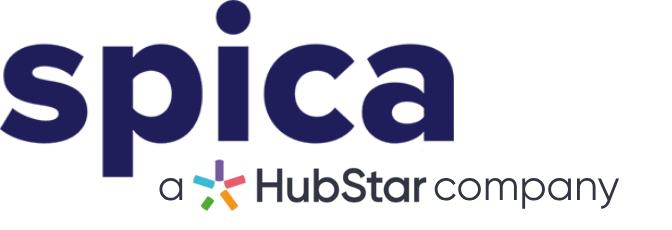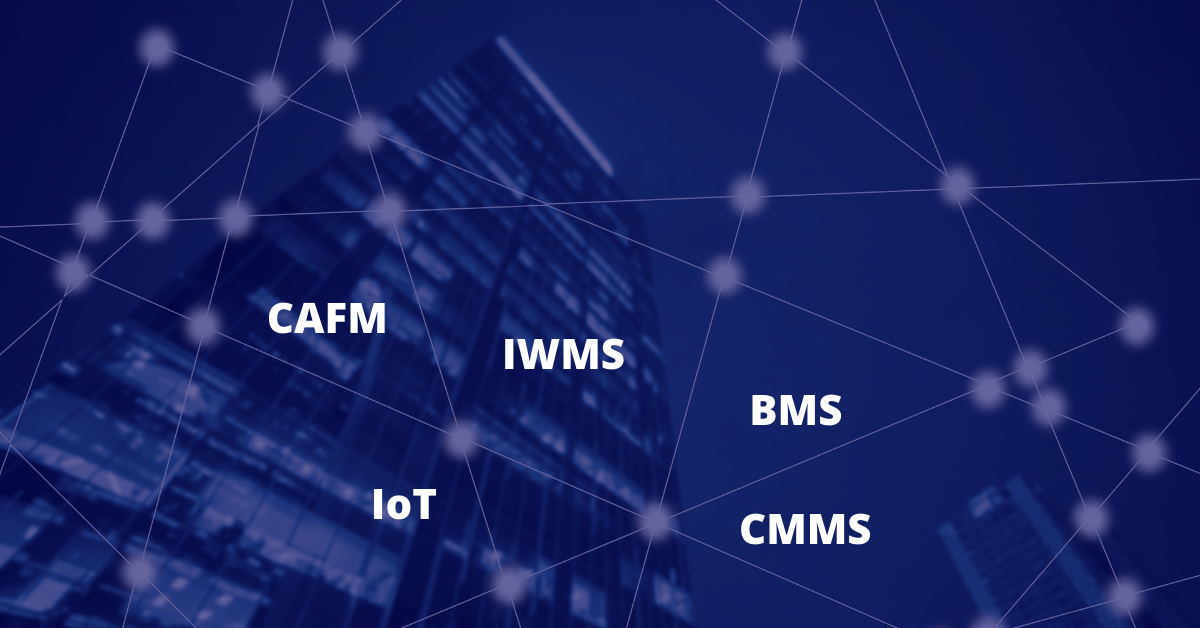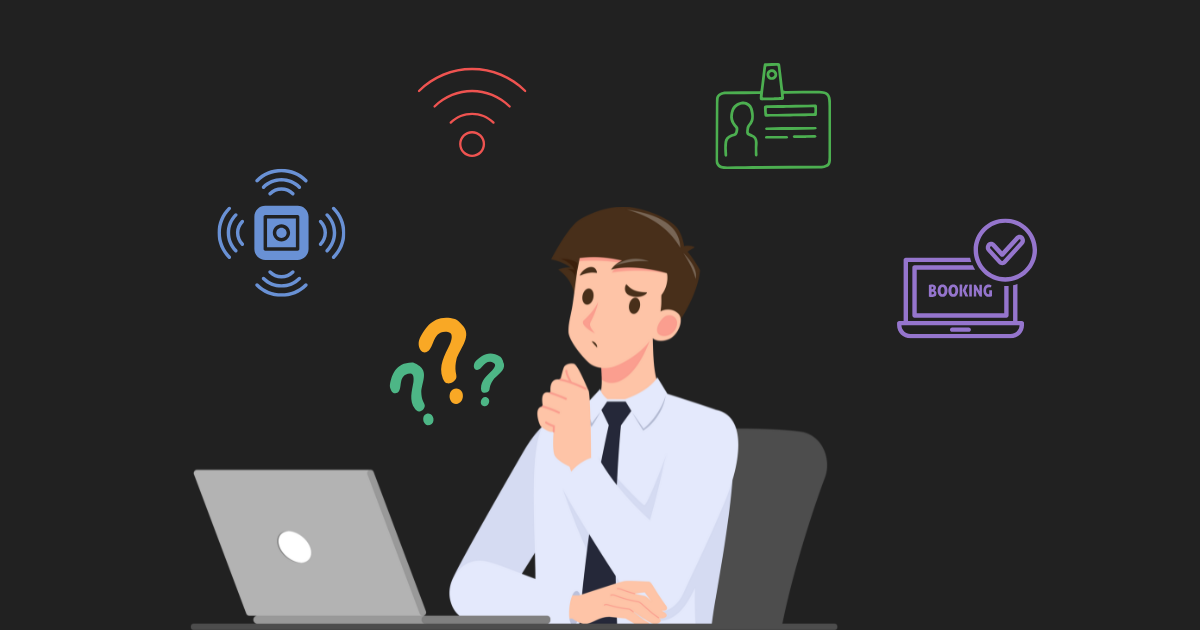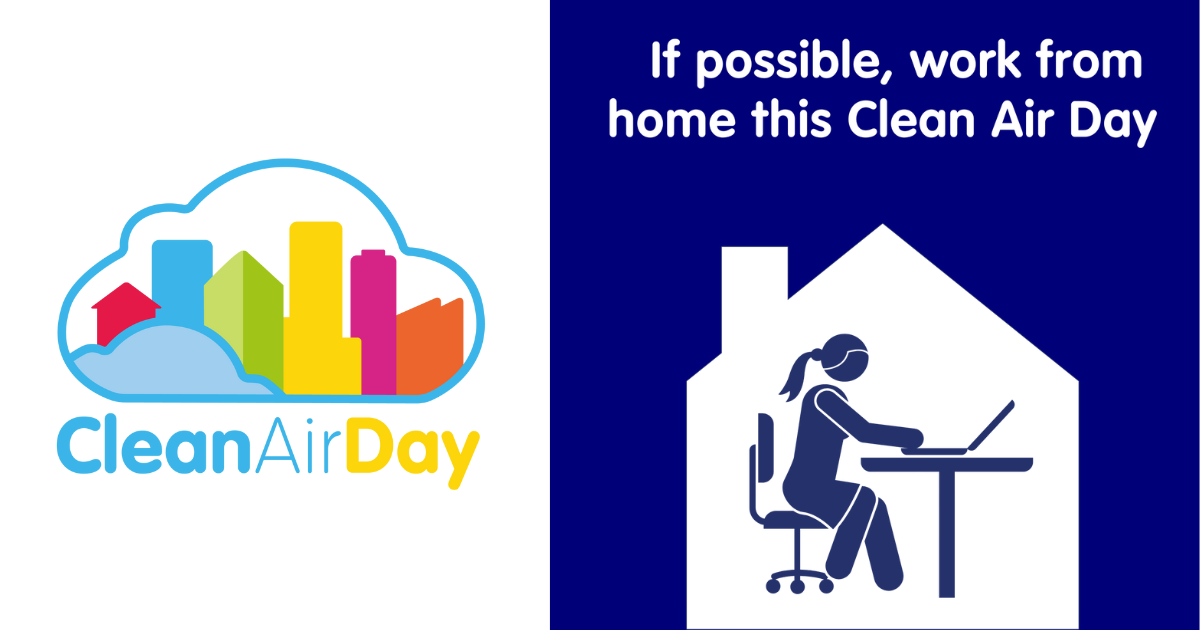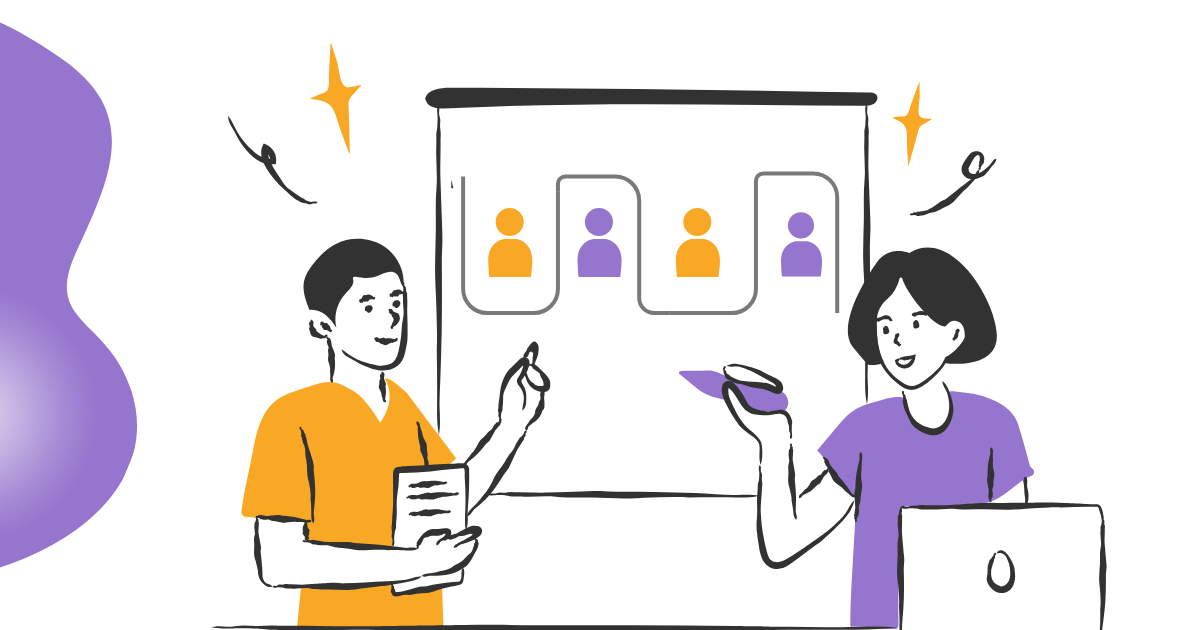IWMS, BMS, CAFM… If you’re involved in running corporate spaces, you’ve probably heard of all of these acronyms at one time or another. However, fully understanding each and differentiating between them is enough to test the most experienced Facility Manager. Add IoT to the mix and we wouldn’t blame you if you were completely and utterly confused. However, no need to fret. We’re here to break down exactly what all these terms mean, how they interrelate, and why it matters to you. Let us demystify this alphabet soup of acronyms, and you’ll finish this blog feeling like the smartest person in the smart building!
IoT – Internet of Things
Although the phrase ‘Internet of Things’ gives off grandiose impressions, the idea itself is actually quite simple. It refers to using the internet to make everyday things or objects smarter. By embedding these objects with sensors or software, and connecting them to the internet, we can retrieve very granular data and interact with them in new ways. With the help of IoT, we are better equipped than ever to learn about and more efficiently manage our workplaces. From Bluetooth beacons for detecting employees entering their booked meeting room and prompting check-ins, to sensors measuring real-time desk occupancy. IoT has had a huge impact on how Facility Managers work over the past 20 years, and its use cases are ever-expanding. Now that you know what IoT refers to, we can focus on how it relates to our remaining three workplace software acronyms: BMS, CAFM, and IWMS.
BMS – Building Management Systems
BMS refers to a Building Management System that monitors a building’s mechanical and electrical equipment and outputs sometimes with the help of IoT. It can also be called a BAS, Building Automation System. The equipment managed typically includes things such as lighting, power systems, ventilation, fire systems, and security systems. The number of systems linked is of course dependent on preference and investments made, though generally ventilation and electrical system monitoring is a standardised aspect of all BMS. These systems originated in the mid-to-late 1990s, at a time when the internet became more and more mainstream, but as with all technology its applications have become increasingly sophisticated in recent years.
CAFM – Computer Aided Facility Management
Let’s take a step back. Computer Maintenance Management System (CMMS) encompasses software for workflow, task, and help-desk management for facilities teams. Computer-Aided Facility Management (CAFM) systems builds on CMMS software by also providing use cases for asset, space and move management. Some CAFM systems have been commonplace for a few years now, allowing for visual planning for workspaces.
IWMS – Integrated Workplace Management System
An Integrated Workplace Management System (IWMS) takes the best attributes from IoT, BMS and CAFM and combines them into a single platform. This gives facility managers of larger estates a one-stop-shop to handle every single aspect of the workplace. Within one platform they can manage building facilities, their real estate portfolio, assets and energy sustainability and maintenance. One of the key attributes of an IWMS is its ability to handle additional integrations and modules. In other words, it is highly scalable. As opposed to the other systems in this list, an IWMS doesn’t just focus on typical company assets but also the people in the business. Employee facing mobile applications and experience are prioritised now more than ever before.
Ultimately your needs and goals determine the most suitable systems for your organisation, many people choose a mix of suppliers for different aspects of their IWMS needs. At Spica we believe there isn’t a one-size fits all system and with our core features and integration first approach, we can fit our GemEx solution into your eco-system allowing you to choose a best of breed approach
Discover Spica Technologies own Workplace Experience Platform and app to get an indepth look at the features of an IWMS.

